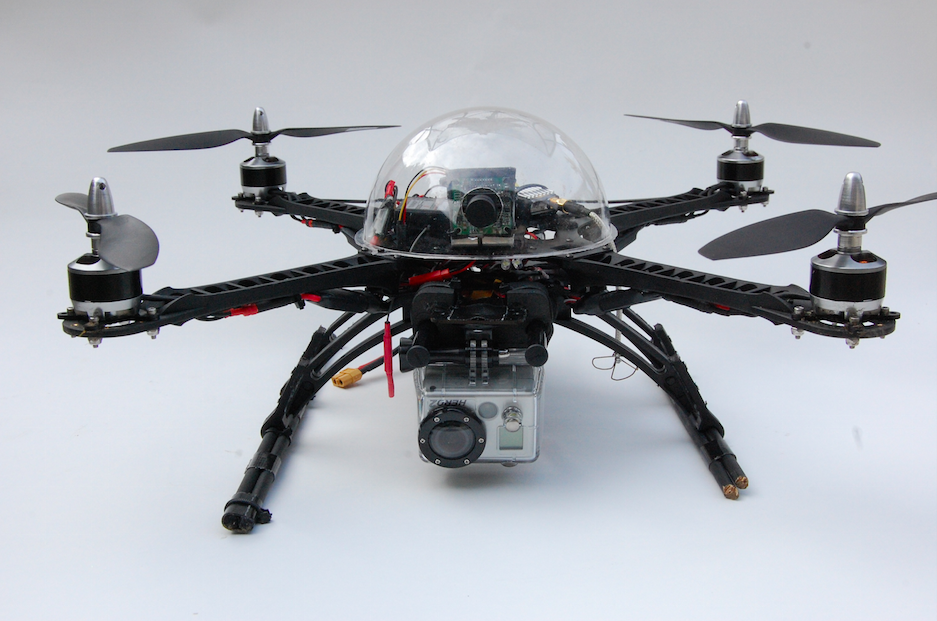BVLOS with FPV? Better go slow…

Many in the civilian drone community were disappointed with the FAA’s requirement of flight only within visual line-of-sight (VLOS) in the small UAS notice of proposed rulemaking (NPRM). This week the FAA announced a partnership with BNSF Railway to research operations beyond visual line-of-sight (BVLOS). BNSF is interested in using drones to inspect rail infrastructure in remote areas.
Last week, Jim Williams, manager of the FAA Unmanned Aircraft Systems Integration Office, was reported as saying that first-person view (FPV) goggles might be a viable technology to enable operators to see obstacles and other aircraft sufficiently well to permit BVLOS operations. Mr. Williams indicated that current FPV systems do not provide a wide enough field of view to safely emulate the view that a pilot has in a manned aircraft. He indicated, however, that future FPV systems with wider fields of view might permit BVLOS operations to be approved.
Research that I participated in seven years ago [1] would suggest that a cautious approach is warranted here. My then graduate student, Ryan Kephart, and I investigated the ability of human subjects to identify the presence of an approaching manned aircraft in video recorded by a test aircraft flying toward the ‘traffic’ aircraft. The manned aircraft had a wingspan of approximately 39 feet and with standard definition resolution, the subjects were able to identify the presence of the traffic aircraft at a distance of approximately 0.4 miles. If this is scaled down to a 3 foot drone, the detection range would be approximately 162 feet. This sounds like plenty of distance. However, the NPRM specifies a ‘speed limit’ of 100 miles-per-hour (mph). 100 mph is equal to 147 feet-per-second. At this speed, a drone operator would have just slightly more than 1 second to identify the presence of another drone and take evasive action.
Thus, as I indicated in the title of this blog, if FPV is to be used to support BVLOS operations, there will be a need for a greatly reduced speed limit.
Reference:
[1] Kephart, R. and M. Braasch, “Comparison of See-and-Avoid Performance in Manned and Remotely Piloted Aircraft,” 27th Digital Avionics Systems Conference, St. Paul, MN, October 2008.
